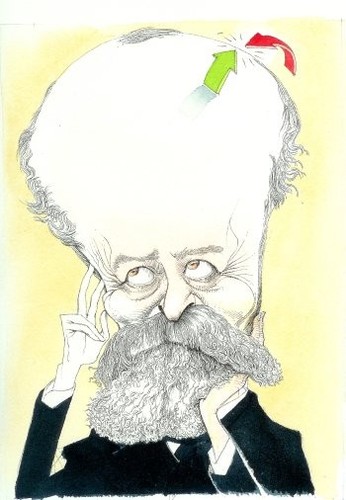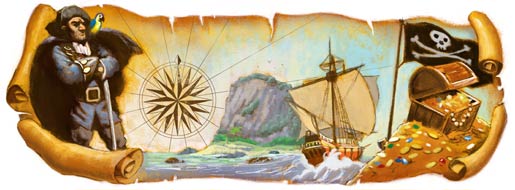httpv://www.youtube.com/watch?v=q7DBoiyBoJ8
“Trois Gymnopedies,” 1888
Today is Erik Satie‘s birthday (1866-1925).
From “Music and the Savage Breast,” Canadian Forum (April 1938):
When men ceased to believe that the sun went around the earth, they gave up the music of the spheres. By that time music was a flourishing art form, and its development did a great deal to clear up the superstitions connected with it, which were based on ignorance like all superstitions. But while the superstitions have gone, the terrific emotional impact of music has not. Cultivated music refines and canalizes this impact; popular music gives it to us straight in the midriff. And popular music, it should be noted, is musical drama; that is, it is associated with dancing and marching, which are forms of dramatic action. It is directly descended from the war dance and the fertility rite. Every high school girl knows what a powerful erotic stimulant music is, and everyone interested in promoting wars knows that music can turn a decent man or woman into a murderous maniac. (CW 29, 89)
Satie noted that “Trois Gymnopedies” was inspired by Flaubert’s Salammbo. Frye in Notebook 34 makes an interesting observation regarding that novel in relation to the historical novel and the romance:
The purely historical novel I think represents a bookish & antiquarian failure of nerve, unless it is symbolic recreation of an archetype, as Salammbo of Druidism or Ivanhoe of chivalry. The distinction between the epic & the romance is very important when applied to historical novels. (CW 15, 25)
Which is to say that Salammbo incorporates both the “war dance and the fertility rite,” which is perhaps reflected in the wistful melancholy of Satie’s composition.


